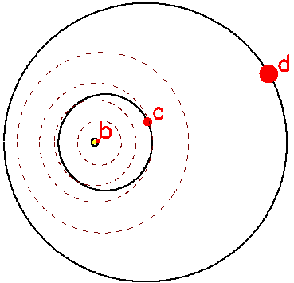This is a drawing of where the 3 planets (red dots) would orbit around Upsilon Andromedae. The dashed lines represent where the orbits of Mercury, Venus, Earth and Mars would be if they orbited around the Upsilon Andromedae star.
Click on image for full size
Courtesy of the San Francisco State University Planet Search home page
New Planets Discovered around the Star Upsilon Andromedae
News story originally written on May 5, 1999
Recently two groups of astronomers working seperately reported that they
had found evidence for two more planets orbiting
star Upsilon
Andromedae (c and d on the image to the left). This makes the grand total three when added to the
inner-most planet discovered in 1996 (b in the image).
The two newly discovered planets have elliptical, or oval, shaped orbits. The middle planet is double Jupiter's size, and the outer planet
is four times Jupiter's size. All of the planets are gas giants like Jupiter.
The discovery is especially exciting because it is good evidence that
multi-planet systems are common in the universe, and raises the
possibility that life might have developed in places other than on Earth.
You might also be interested in:
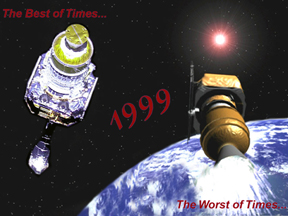
It was another exciting and frustrating year for the space science program. It seemed that every step forward led to one backwards. Either way, NASA led the way to a great century of discovery. Unfortunately,
...more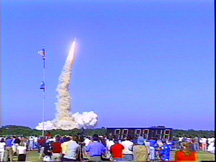
The Space Shuttle Discovery lifted off from Kennedy Space Center on October 29th at 2:19 p.m. EST. The weather was great as Discovery took 8 1/2 minutes to reach orbit. This was the United States' 123rd
...more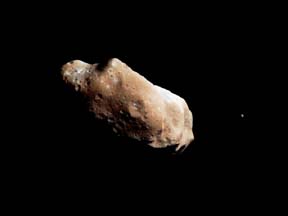
A moon was discovered orbiting the asteroid, Eugenia. This is only the second time in history that a satellite has been seen circling an asteroid. A special mirror allowed scientists to find the moon
...more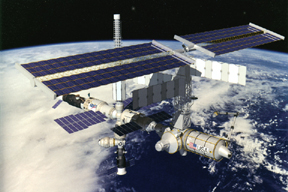
Will Russia ever put the service module for the International Space Station in space? NASA officials want an answer from the Russian government. The necessary service module is currently waiting to be
...more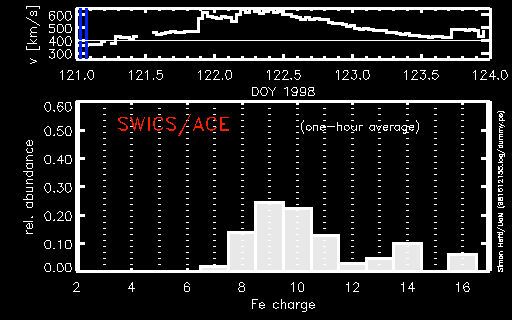
A coronal mass ejection (CME) happened on the Sun early last month. The material that was thrown out from this explosion passed the ACE spacecraft. The SWICS instrument on ACE has produced a new and very
...more
J.S. Maini of the Canadian Forest Service called forests the "heart and lungs of the world." This is because forests filter air and water pollution, absorb carbon dioxide, release oxygen, and maintain
...more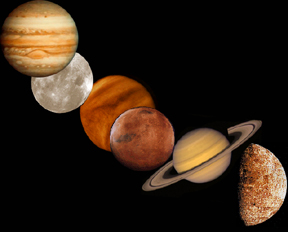
In late April through mid-May 2002, all five naked-eye planets are visible at the same time in the night sky! This is includes Mercury which is generally very hard to see. You won't want to miss this!
...more


